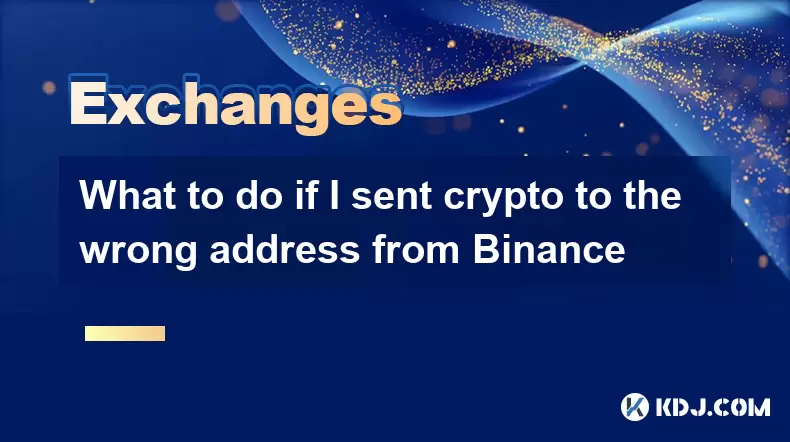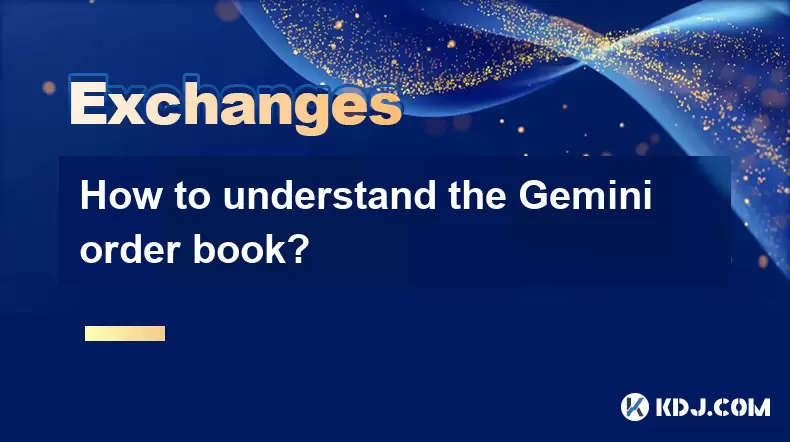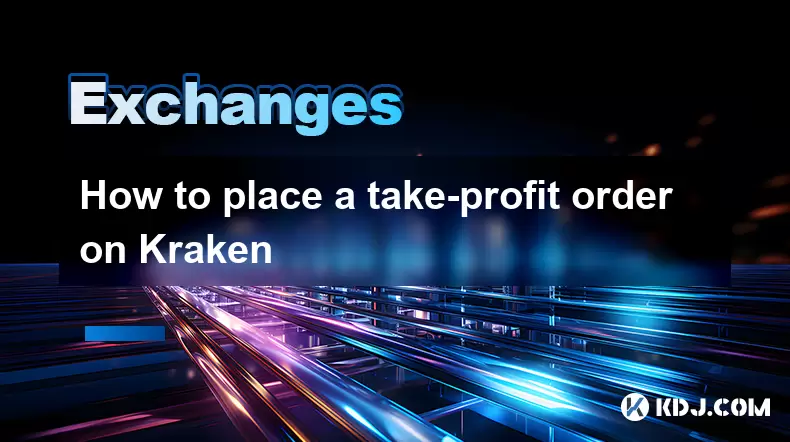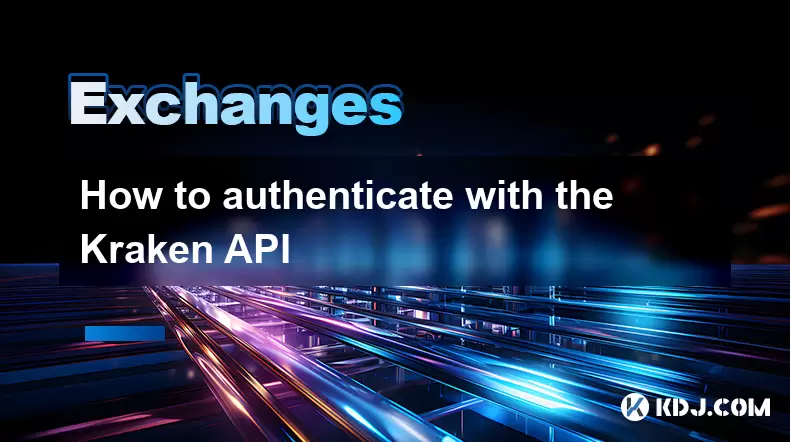-
 Bitcoin
Bitcoin $113900
-1.39% -
 Ethereum
Ethereum $3517
-4.15% -
 XRP
XRP $3.009
1.59% -
 Tether USDt
Tether USDt $0.9997
-0.04% -
 BNB
BNB $766.8
-1.41% -
 Solana
Solana $164.6
-2.38% -
 USDC
USDC $0.9998
-0.02% -
 TRON
TRON $0.3277
0.65% -
 Dogecoin
Dogecoin $0.2023
-1.67% -
 Cardano
Cardano $0.7246
0.05% -
 Hyperliquid
Hyperliquid $38.27
-4.77% -
 Sui
Sui $3.528
-0.52% -
 Stellar
Stellar $0.3890
-0.73% -
 Chainlink
Chainlink $16.16
-2.69% -
 Bitcoin Cash
Bitcoin Cash $539.9
-4.38% -
 Hedera
Hedera $0.2425
-2.00% -
 Avalanche
Avalanche $21.71
-0.97% -
 Toncoin
Toncoin $3.662
5.73% -
 Ethena USDe
Ethena USDe $1.000
-0.02% -
 UNUS SED LEO
UNUS SED LEO $8.964
0.35% -
 Litecoin
Litecoin $107.7
2.33% -
 Shiba Inu
Shiba Inu $0.00001223
-0.40% -
 Polkadot
Polkadot $3.617
-0.97% -
 Uniswap
Uniswap $9.052
-2.49% -
 Monero
Monero $295.1
-3.79% -
 Dai
Dai $0.9999
0.00% -
 Bitget Token
Bitget Token $4.315
-1.85% -
 Pepe
Pepe $0.00001060
0.11% -
 Cronos
Cronos $0.1342
-2.72% -
 Aave
Aave $256.0
-0.87%
What to do if I sent crypto to the wrong address from Binance
If you sent crypto to the wrong address, stay calm, verify the recipient and network, check if it’s a recoverable exchange-owned address, and contact support—but remember, blockchain transactions are irreversible.
Aug 02, 2025 at 11:42 am

Immediate Actions to Take After Sending Crypto to the Wrong Address
If you accidentally sent cryptocurrency to the wrong address from your Binance account, the first thing to do is stay calm and act quickly. While blockchain transactions are irreversible, there are still steps you can take to assess the situation and potentially recover your funds. Start by logging into your Binance account and navigating to the [Transaction History] section under the [Wallet] tab. Locate the transaction in question and verify the recipient address, amount sent, network used, and timestamp. This information is crucial for any follow-up actions.
- Check whether the wrong address belongs to a centralized exchange such as Coinbase, Kraken, or another Binance user.
- Confirm the blockchain network used (e.g., Ethereum, BSC, Solana) to ensure it matches the intended recipient’s supported network.
- Take screenshots of the transaction details for documentation.
If the address is associated with a known exchange, there is a possibility that the exchange’s customer support may assist in recovering the funds, especially if the wallet is under their control.
How to Determine If the Address Is Recoverable
Not all mistaken transfers are unrecoverable. The key factor is whether the recipient address is controlled by a centralized entity. For example, if you sent USDT on the TRON network to a Tron address owned by Kraken, and Kraken holds that address, they may be able to return the funds upon verification. However, if the address is a private wallet with no known owner, recovery is nearly impossible.
- Use a blockchain explorer like Tronscan, Etherscan, or BscScan to look up the destination address.
- Analyze the address’s transaction history—frequent activity may indicate it’s a live exchange wallet.
- Look for known labels such as “Kraken,” “Binance,” or “Coinbase” on the explorer.
If the address is labeled as belonging to a major platform, contact that platform’s support team immediately with proof of the transaction. Provide your Binance withdrawal ID, the incorrect address, and any verification documents they may require.
Contacting Binance Customer Support
Binance cannot reverse transactions, but they may assist in certain scenarios. You must open a support ticket through the Binance Help Center. Navigate to [Support] > [Submit a Request] and select the relevant category such as "Deposit/Withdrawal Issue." When describing your case, be precise and include all necessary details.
- Clearly state that you sent crypto to an incorrect address.
- Attach the transaction hash (TXID) and a screenshot of the withdrawal confirmation.
- Specify the token type, amount, network, and time of transfer.
- Mention whether the address appears to belong to another exchange.
While Binance typically responds that they cannot intervene due to blockchain immutability, in rare cases involving internal system errors or cross-user transfers within Binance, they may investigate further. Do not expect a refund, but providing complete information increases the chance of a meaningful response.
Reaching Out to the Recipient or Exchange
If the receiving address is linked to a known service, you can attempt direct contact. For instance, if Etherscan shows the address is owned by Coinbase, visit Coinbase Support and submit a case. You will need to prove ownership of the sending address, which may involve:
- Providing a signed message from your wallet proving control.
- Submitting government-issued ID and proof of the transaction.
- Explaining the situation clearly and politely.
Some exchanges have recovery protocols for such incidents. However, private wallet owners are under no obligation to return funds, even if contacted. If the address is unused or belongs to an individual who is unaware of the deposit, recovery is unlikely.
Preventing Future Mistakes with Binance Safeguards
To avoid repeating this error, take advantage of Binance’s built-in security features. Enable address whitelisting in your withdrawal settings. This allows you to pre-approve specific addresses, and any withdrawal to a non-whitelisted address will be blocked or require additional verification.
- Go to [User Center] > [Security Settings] > [Address Whitelist].
- Add frequently used external wallets and verify them via email and 2FA.
- Enable withdrawal address approval to require email confirmation for new addresses.
Additionally, always double-check the recipient address before confirming. Binance displays a warning if you’re sending to a known exchange address on a different network, but this does not cover all risks. Consider using Binance’s memo/tag system for tokens like XRP or XLM, where both address and tag are required.
Understanding Blockchain Immutability and Finality
It’s essential to understand that once a transaction is confirmed on the blockchain, it cannot be undone. This is a fundamental principle of decentralized systems. No entity, including Binance, can alter the blockchain ledger. Transactions are validated by nodes and secured through cryptographic consensus.
- Smart contracts and wallets execute transfers automatically once signed.
- No central authority can reverse or freeze a completed crypto transfer.
- Phishing, typos, or wrong networks lead to permanent loss if the address is not recoverable.
This immutability ensures security and trust in the network but also places full responsibility on the user. Always verify addresses using multiple methods—copy-paste from trusted sources, use QR codes, and confirm network compatibility.
Frequently Asked Questions
Can Binance cancel a withdrawal after it’s sent?
No, Binance cannot cancel or reverse a withdrawal once it has been broadcast to the blockchain. The transaction is handled by the network, not Binance, after initiation.
What if I sent crypto to a correct address but on the wrong network?
If the network is incompatible (e.g., sending BEP20 USDT to an ERC20-only wallet), the funds may be lost unless the receiving wallet supports both networks. Contact the wallet provider or exchange for potential recovery options.
Is there any way to track who owns a crypto address?
Public blockchains do not reveal owner identities. However, if the address is linked to a regulated exchange, law enforcement or legal requests may compel the exchange to disclose information, but this is not available to individual users.
Should I pay a service that claims they can recover my lost crypto?
No. Many recovery services are scams. Legitimate blockchain transactions cannot be reversed by third parties. Do not share private keys or pay fees to anyone offering recovery assistance.
Disclaimer:info@kdj.com
The information provided is not trading advice. kdj.com does not assume any responsibility for any investments made based on the information provided in this article. Cryptocurrencies are highly volatile and it is highly recommended that you invest with caution after thorough research!
If you believe that the content used on this website infringes your copyright, please contact us immediately (info@kdj.com) and we will delete it promptly.
- DeFi Token Summer Gains: Is Mutuum Finance the Real Deal?
- 2025-08-02 18:30:12
- Bitcoin, Realized Price, and the Top: Are We There Yet?
- 2025-08-02 18:30:12
- Phishing, Wallets, and Stolen Funds: Staying Safe in the Wild West of Crypto
- 2025-08-02 16:30:12
- Rare Coin Alert: Is That 50p in Your Pocket Worth £10,000?
- 2025-08-02 16:30:12
- Arbitrum (ARB) Price Prediction: Oversold Signal or Breakout Imminent?
- 2025-08-02 16:55:36
- Arbitrum (ARB): Navigating Price Dips, PayPal Perks, and the Road Ahead
- 2025-08-02 17:00:12
Related knowledge

How to understand the Gemini order book?
Aug 02,2025 at 03:35pm
What Is the Gemini Order Book?The Gemini order book is a real-time ledger that displays all open buy and sell orders for a specific cryptocurrency tra...

How to sell cryptocurrency on Gemini?
Aug 02,2025 at 05:07pm
Understanding the Gemini Platform and Account SetupBefore selling cryptocurrency on Gemini, it’s essential to ensure you have a fully verified account...

How to fix a failed cryptocurrency deposit to Kraken
Aug 02,2025 at 03:22pm
Understanding Why a Cryptocurrency Deposit Fails on KrakenWhen a cryptocurrency deposit fails on Kraken, the issue typically stems from one of several...

How to place a take-profit order on Kraken
Aug 02,2025 at 02:28pm
Understanding the Role of Private Keys in Cryptocurrency SecurityIn the world of cryptocurrency, private keys are the most critical component of digit...

How to authenticate with the Kraken API
Aug 02,2025 at 01:49pm
Understanding Kraken API Authentication RequirementsTo interact securely with the Kraken API, authentication is required for any private endpoints suc...

Why is my Kraken verification taking so long
Aug 02,2025 at 04:07pm
Understanding Kraken Account Verification ProcessKraken, one of the leading cryptocurrency exchanges, implements a multi-tiered verification system to...

How to understand the Gemini order book?
Aug 02,2025 at 03:35pm
What Is the Gemini Order Book?The Gemini order book is a real-time ledger that displays all open buy and sell orders for a specific cryptocurrency tra...

How to sell cryptocurrency on Gemini?
Aug 02,2025 at 05:07pm
Understanding the Gemini Platform and Account SetupBefore selling cryptocurrency on Gemini, it’s essential to ensure you have a fully verified account...

How to fix a failed cryptocurrency deposit to Kraken
Aug 02,2025 at 03:22pm
Understanding Why a Cryptocurrency Deposit Fails on KrakenWhen a cryptocurrency deposit fails on Kraken, the issue typically stems from one of several...

How to place a take-profit order on Kraken
Aug 02,2025 at 02:28pm
Understanding the Role of Private Keys in Cryptocurrency SecurityIn the world of cryptocurrency, private keys are the most critical component of digit...

How to authenticate with the Kraken API
Aug 02,2025 at 01:49pm
Understanding Kraken API Authentication RequirementsTo interact securely with the Kraken API, authentication is required for any private endpoints suc...

Why is my Kraken verification taking so long
Aug 02,2025 at 04:07pm
Understanding Kraken Account Verification ProcessKraken, one of the leading cryptocurrency exchanges, implements a multi-tiered verification system to...
See all articles

























































































